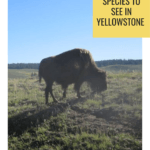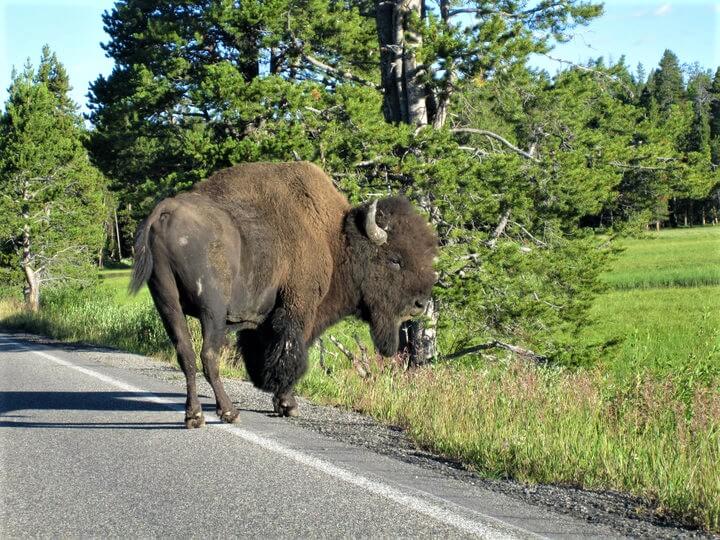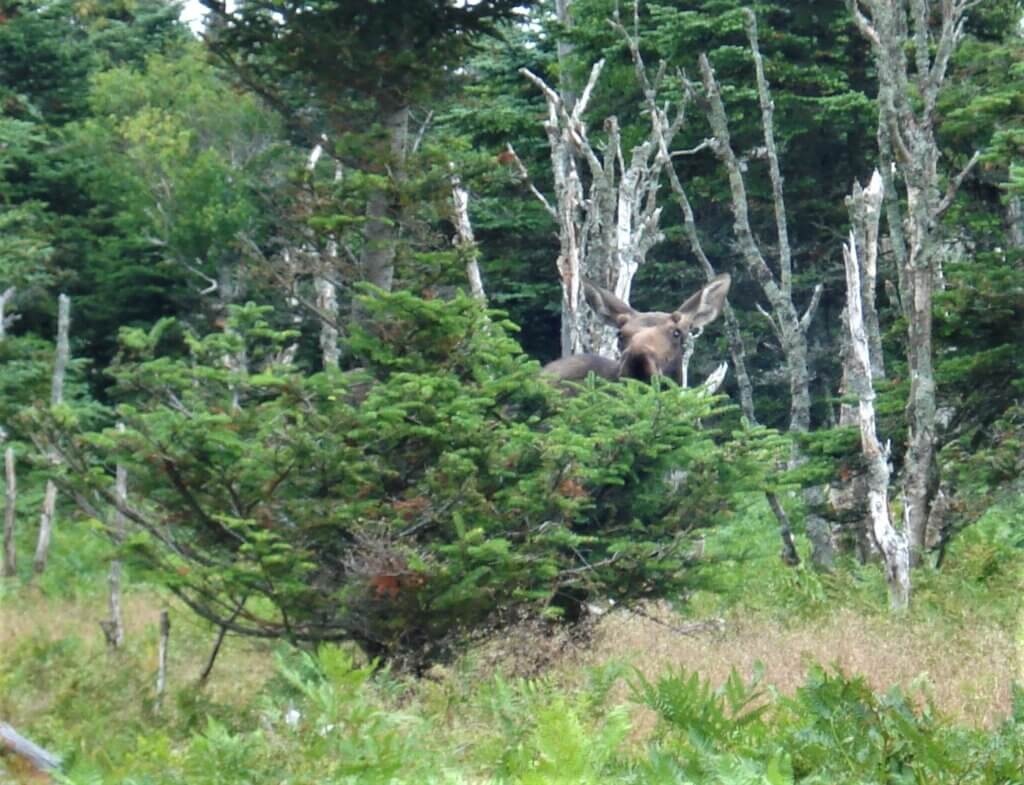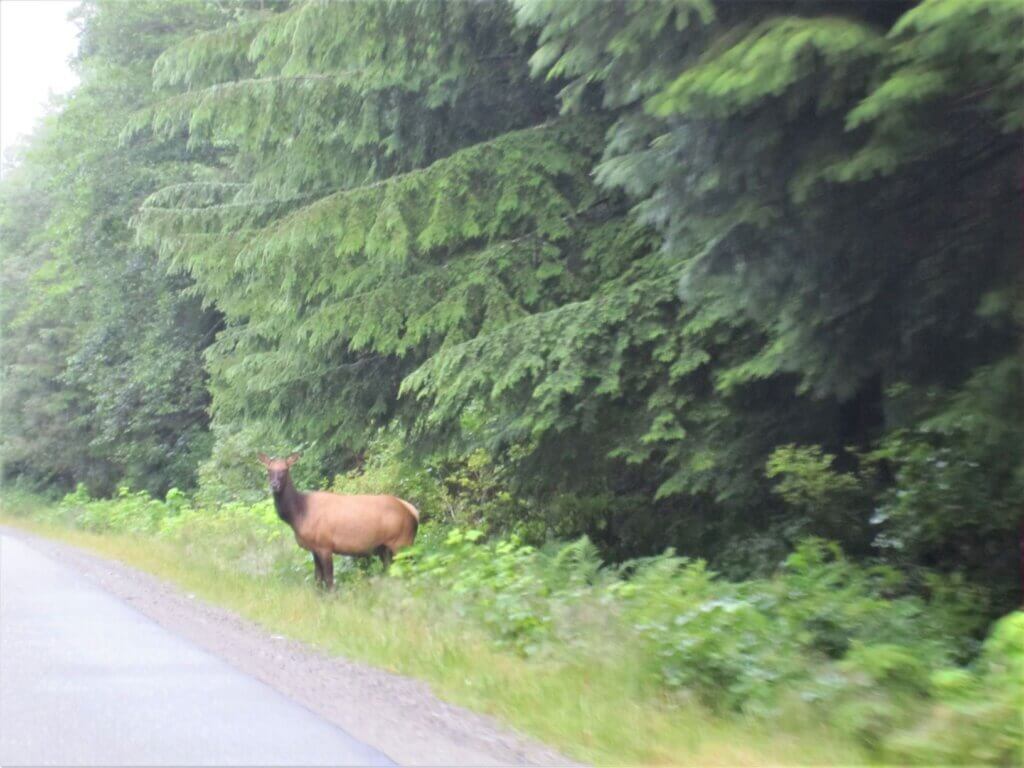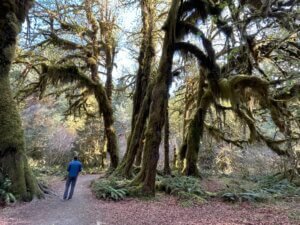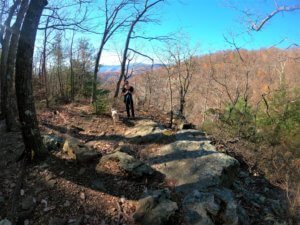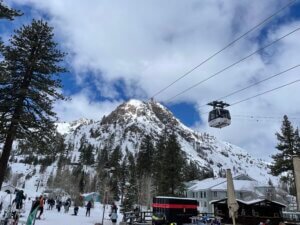One of the best things about visiting Yellowstone National Park is being able to witness its incredible wildlife. There are a ton of docuseries and documentaries about the wildlife of this country’s oldest national park but there is nothing like witnessing it firsthand.
So, what kinds of wildlife might you encounter during a trip to Yellowstone National Park?
Wolves
The wolves of Yellowstone are part of a huge conservation success program. At one time roaming across the continent, wolf numbers have dwindled due to habitat loss and extermination programs to the point that almost led them to the brink of extinction.
In 1973, the US Fish and Wildlife service listed the northern Rocky Mountain wolf as endangered and designated Yellowstone as one of three recovery zones. Between 1995-1997 41 wild wolves were relocated from Canada and Montana to Yellowstone.
Thanks to this conservation program, in some states, the grey wolf has been delisted and is no longer considered endangered. Though the highest cause of death in these animals is still from humans, disease also crops up from time to time, particularly diseases like distemper and mange.
The recovery of these animals has once again brought about some semblance of balance in the Greater Yellowstone ecosystem.
Bison
Probably the most iconic animal in the park, Bison are the animals you see cars pulled over to get photos of and the ones causing traffic jams. They are also one of the most dangerous animals in the park, causing several deaths a year because people do not heed the warnings by park officials.
I also want to clear one thing up. They are not buffalo. There is a difference. Buffalo live in Africa; Bison live in North America. It’s a term that was coined a long time ago and a common misnomer. Same family, different species.
These hardy animals seem to be able to handle the roughest of climates. They also have seriously hard heads, the males demonstrating this during mating season when fighting over the ladies. But don’t get too close to these imposing animals, they might seem like their docile cousins the cow, but they are a wild animal and they don’t take too kindly to people getting too close.
Bears
You would think that bears would be the most dangerous animal in the park, and you wouldn’t be entirely wrong in that assumption. Bears can certainly be dangerous but in most cases they are more afraid of you than you are of them and as long as you don’t startle them or come into contact with a momma and her cubs, you’re likely to be just fine.
A recent study found that in order to preserve energy during the spring, summer and fall months, when they are fattening up for the winter, they take the easiest path and the flattest paths available. That tends to be the paths created for hikers. So, there is a good change you will see a bear in the park, either up close or in the distance.
Follow the park rules when it comes to bears and you will be fine. Give them the respect they deserve by not provoking them, because a provoked bear and a habituated bear (one that is used to humans and getting food from humans) is a dead bear. And no one wants that.
Moose
Moose are quirky animals with the face of a goofy horse and the tall lanky body reminiscent of a very large deer, these animals are fun to see. But keep your distance, bull moose (males) are known to be aggressive.
These animals are herbivores, like the bison, so they aren’t interested in eating you, but they like their space. Seeing a moose in it’s native habitat is one of those amazing encounters I personally will never forget and have been lucky enough to see them in several places.
You just never know where you will see them, they could be browsing on the trees next to the hiking trail, or, as was in my case, right outside my hotel room a momma and her calf having a morning meal in the marsh. Perfection.
Elk
Elk are another funny cervid (deer family). I just can’t get over their white butts. For some reason it makes me smile every time. Cute butts aside, these animals are absolutely majestic to look at.
They travel is herds and can be seen lounging in the grasses in populated towns or on wide expanses of field within the park. They are also the most abundant large mammal in the park.
One disease threatening both elk and moose and another species below (deer) is chronic wasting disease. A prion disease, similar to mad cow, these beautiful animals begin wasting away until they become severely emaciated and eventually become neurologic as the prion pokes holes in the brain tissue.
It is 100% fatal with no cure and has the potential to devastate cervid populations. It is close to this area of the country and one officials are taking very serious in the hopes of protecting all cervid species from elk to moose to reindeer to deer.
Red fox
I love foxes don’t you? Such charismatic animals. In the winter you can see them listening intently below the surface of the snow for little critters before diving straight in. In the summers you might be lucky enough to catch a glimpse of a family of foxes, with mom and her pups.
These wily animals have also been known to steal food and personal items, like shoes. So keep you items properly stowed and cared for or you may not have them come morning.
Pika
Not many people consider some of the smaller mammals that can be found in the park. They don’t get overly excited about wild hare or squirrels, but they are all there for your viewing pleasure. They just don’t get the love that some of the larger animals get.
So, we are going to include the Pika here. Do you know what a Pika is? Pika are in the same family as rabbits (lagomorphs) and are considered an indicator species for detecting the ecological impacts of climate change. See how special they are and why you should want to see them?
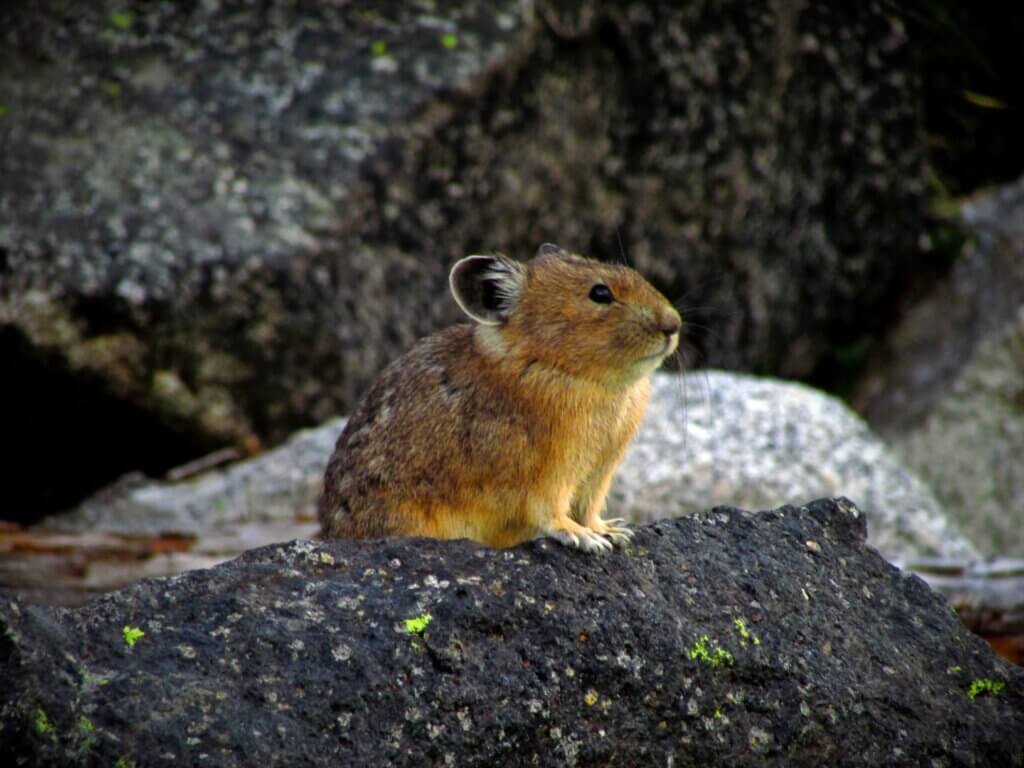
At about the size of a guinea pig, they can be a challenge to see but have been spotted most at Mammoth and Tower areas. They are extremely territorial and like rocky areas.
I was not lucky enough to spot one during my visit, but I hope you do!
Concluding Thoughts
If you are heading to the Yellowstone area for some hiking or to check out the incredible ongoing volcanic activity, make sure you take the time to explore and search out the many species of wildlife that call Yellowstone their home.
This was just a short list but there are so many others to see including deer, Bighorn sheep, river otters, weasels, wolverines, cougars, badgers, lynx and so many more. It’s a wildlife enthusiasts dream and should be an important part of your next visit to Yellowstone National Park.

